The fact that interest in gardening and farming is suddenly seeing a boom is no surprise. People pick up new hobbies while they remain in self-quarantine.
The trend harks back to the world wars of the previous century. Victory gardens were vegetable, fruit, and herb gardens people raised in private residences and public parks during World War I and World War II. They were especially widespread in the US, the UK, and Australia.
These days, some may see developing a green thumb as a way to pass the time. Others have started gardening to ensure access to fresh food. Panic buying had led to shortages in grocery stores early on.
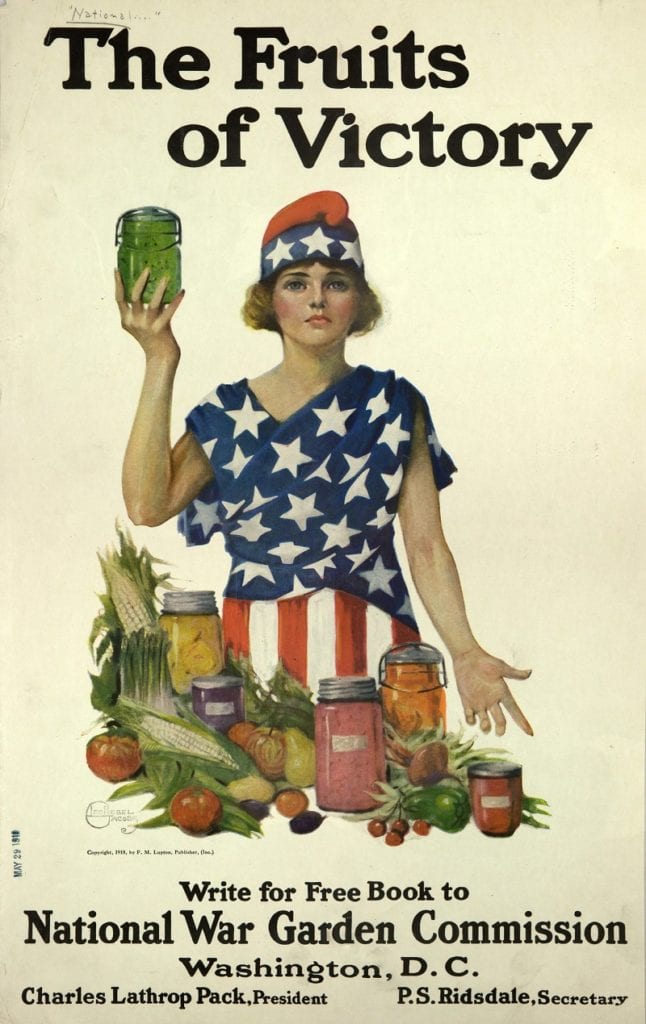
Starting Your Own Victory Garden
Contents
Whatever your reasons for doing so, starting a garden now is better than just sitting in front of the TV all day. The fallout from the pandemic is bad. With experts predicting serious economic repercussions in the coming months, growing your own food is just plain smart.
Starting a garden isn’t difficult. You don’t have to wait long to start harvesting homegrown greens and fruits, either. Below are a few crops to consider for your coronavirus victory garden.

Lettuce
Lettuce grows fast. Sow lettuce seeds now and you’ll be harvesting lettuce leaves in about 6 to 8 weeks. Heading lettuce takes longer. Leaf lettuce can be harvested earlier. Simply pick larger outside leaves. Don’t worry, the young leaves will continue to grow.
Plant a few more every week or so during April and May for continuous harvests. Remember to protect your lettuce crop from deer and rabbits by laying a floating row cover over the patch.

Peas and Beans
Peas and beans are an excellent selection for any kind of garden. They are easy to grow, nutritious, and require little space. Peas and beans can climb up a fence or a trellis. Start peas early in the spring, and beans in May.
Remember, though, that bean leaves attract flea beetles. If need be, you can plant bush beans and protect them with row cover until they start to flower.
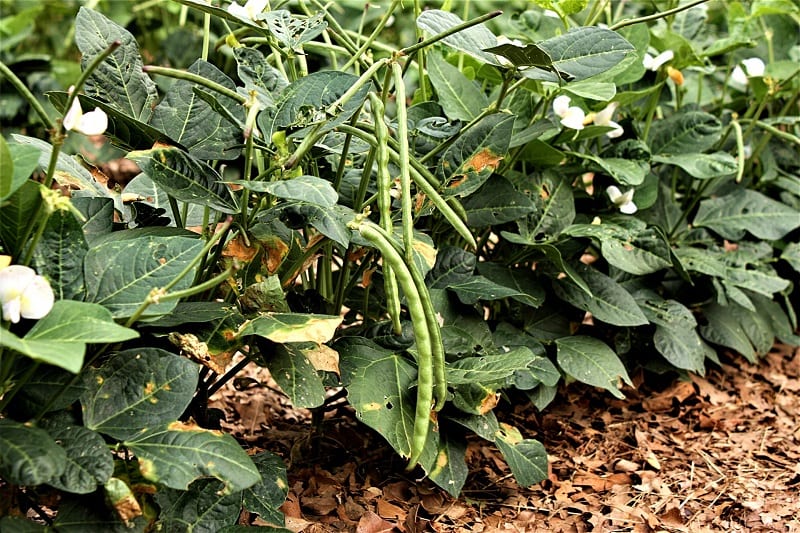
Swiss Chard and Kale
Swiss Chard and Kale were not common in the United States before the Victory Gardens of World War II. Americans came to know the vegetables better because they are easy to grow. Kale and Swiss chard are versatile, growing well in traditional beds or raised beds and containers. In the kitchen, both vegetables are nutritious additions to salads, stir fries, omelets, casseroles, and other dishes.

(Photo: woodlywonderworks/Flickr)
Radishes
If you have never planted anything before, then radishes are an excellent crop with which to begin your garden. Radishes are perfect for new and especially young gardeners. They will bring you as close to instant gratification as you will ever get in the garden. A single packet of seeds will yield hundreds of radishes in as little as 21 days from sowing.
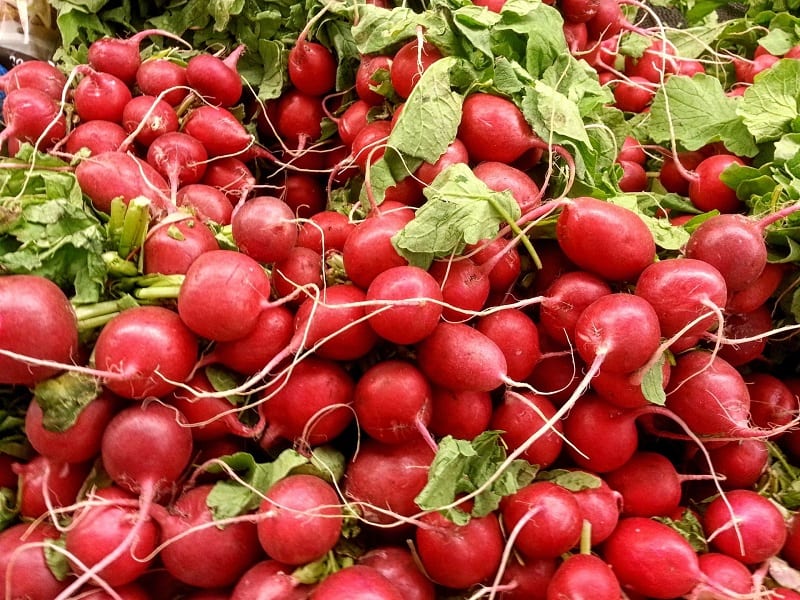
Peppers
While they are remarkably easy to grow in places that enjoy warm weather, peppers will not grow well in colder climates. From sweet, crisp pepper varieties to habañeros hot enough to squeeze tears from your eyes, all peppers share a preference for a long, warm growing season. Warmth is especially important for germination, later on encouraging strong growth of seedlings.
You will need to start peppers indoors or under cover in most climates. Sow the seeds in late winter or early spring, no more than two months before the last frost date.
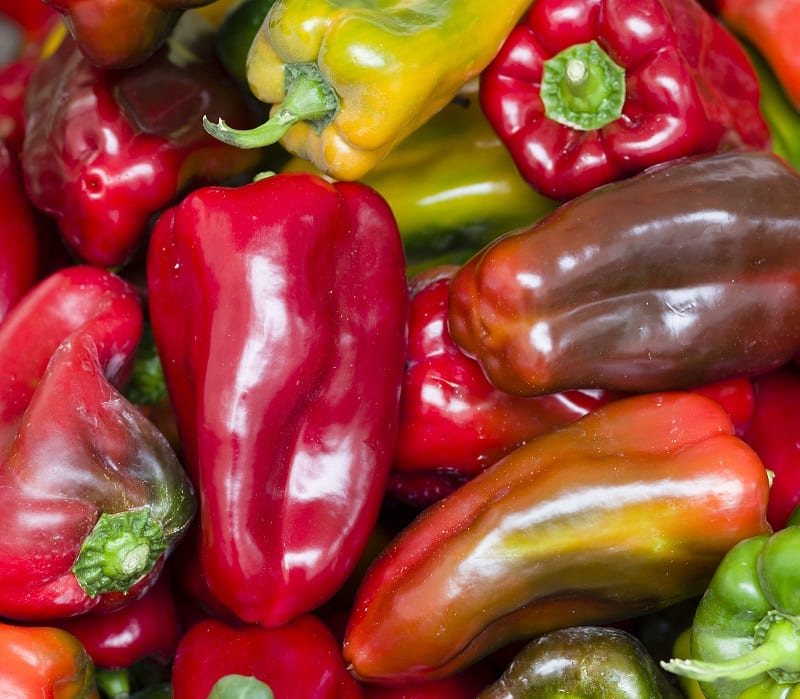
Sweet Potatoes
Many associate sweet potatoes with the southern US but they will grow in just about any garden anywhere. The plants require four months of warm temperatures to develop full-size tubers but they are surprisingly easy to grow.
Since the vines take root wherever they touch the ground, a few well-tended plants will often produce a substantial harvest. If you have a small garden, you can grow bush varieties that do not require as much space.
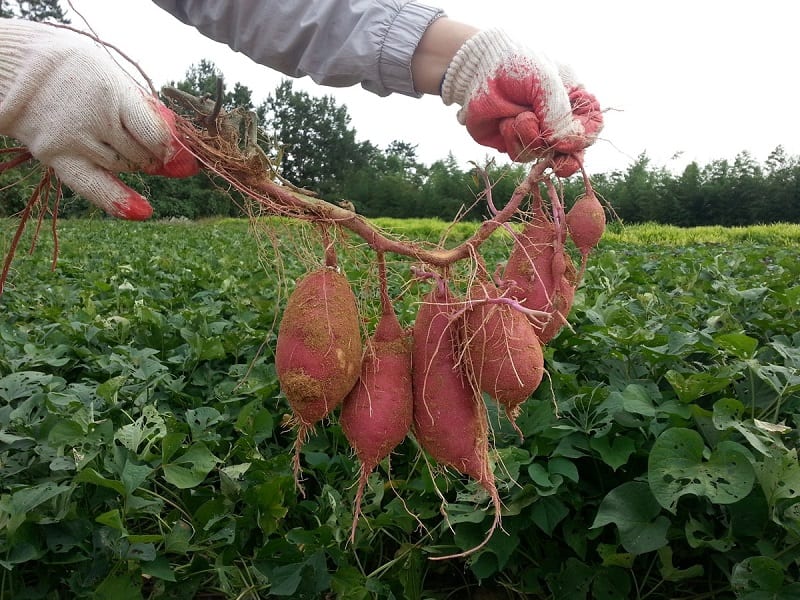
Cucumbers
No summer garden is complete without cucumbers. They are easy to grow, producing a high volume of edible fruit shortly after planting. You should plant cucumbers in a section of your Victory Garden that has evenly moist, fertile soil. Make sure to choose a corner that receives full sun and success is almost guaranteed.
Like other summer vine crops, cucumbers are heavy feeders and demand a steady supply of water. Work plenty of organic matter into the soil before planting to help the ground retain moisture and provide the nutrients the cucumber plants will need throughout the season.
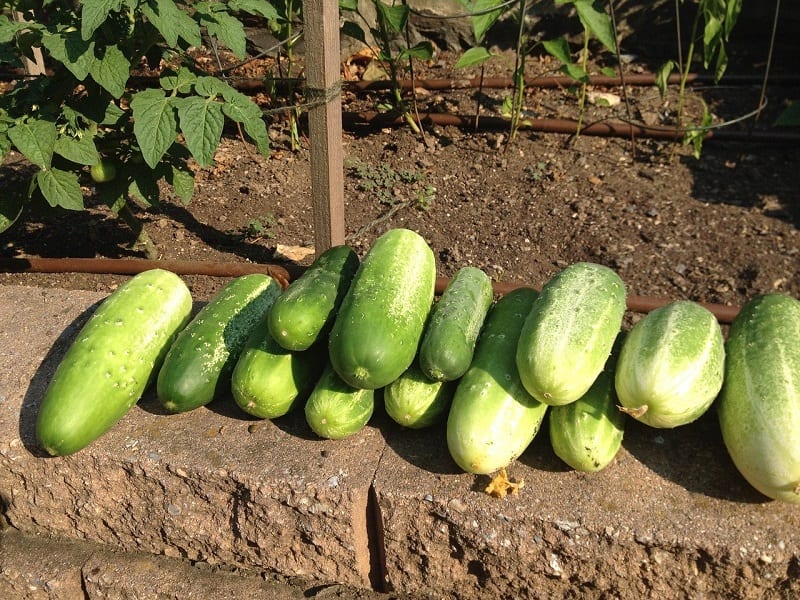
Fennel
There are two types of fennel that you may want to grow in your garden. People use ‘Florence Fennel’ more like a vegetable, growing the plant for its bulbous stem. ‘Herb fennel’ doesn’t produce much of a bulb. In the kitchen, an experienced cook will use it for its foliage and as an herb.
Fennel should be grown in full sun, in fertile, well-draining soil. Do not plant your crop of fennel in the same area as dill or coriander because they will cross-pollinate. This will reduce seed production. Fennel self-sows easily, so it’s likely that if you plant it once, you’ll see fennel popping up in your garden each spring thereafter.
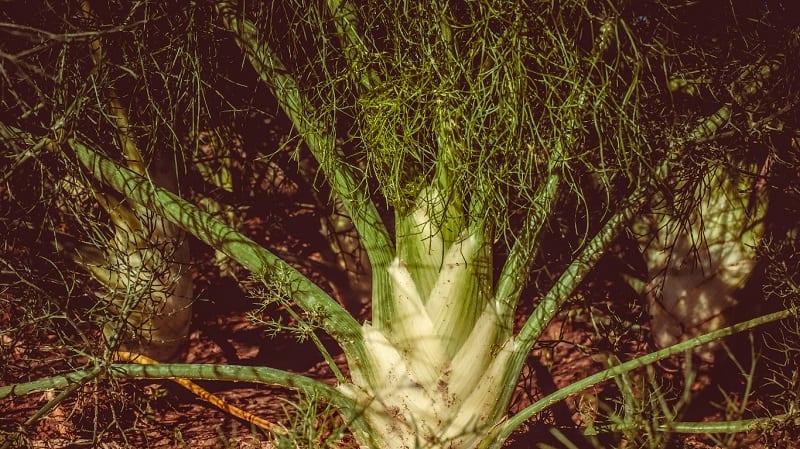
Securing Seeds and Starters
Remember, you are not alone in wanting to grow your own food for the first time. Online seed companies and seed suppliers have been swamped with orders. So much so, in fact, that many have closed shop after exhausting their stocks.
If you have difficulty finding seeds online, take all the necessary precautions and try to get to a physical shop, if you can do so. For the most part, local garden centers have not sold out of seeds yet, but that may change soon enough.
Supermarkets and even hardware stores will sometimes devote a section of their floors to a small selection of seeds. You can also ask friends if they have any seeds or plants to share. They can send the seeds by post or leave seedlings on door-steps if they are self-isolating.








